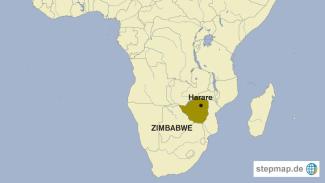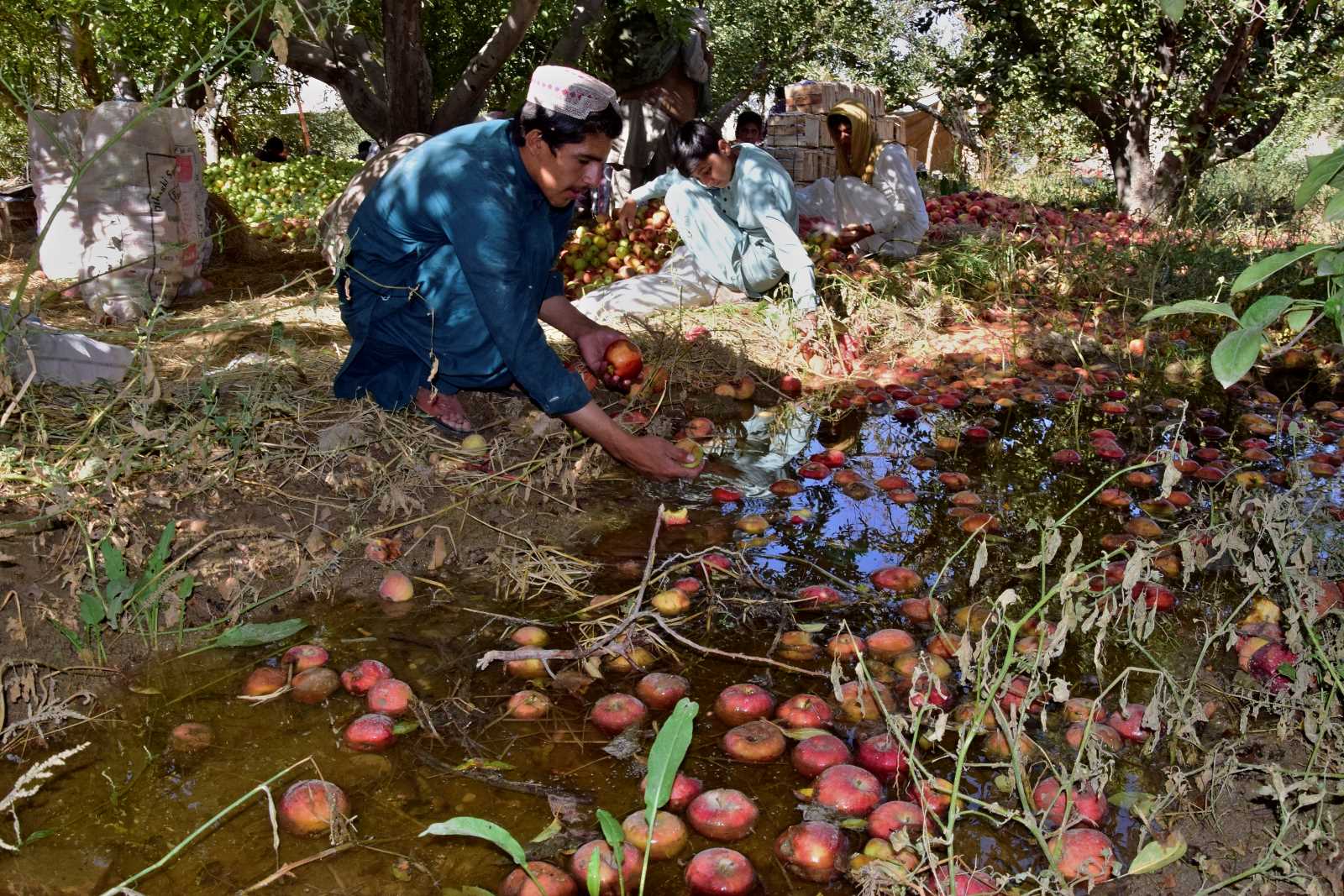Energy
Finding new purposes for used drums

“The digester consists of three drums welded together, laid out horizontally and buried underground,” he explains. “Cow dung is added at a constant rate at one end, and this forces other material to move through the drums towards the other end in a ‘first in, first out’ manner.”
The organic matter is “digested” within the drums in an anaerobic – which means oxygen-free – environment. This process releases biogas, which is collected in a gas holder and then moved in pipes to a stove for cooking. At the same time, the digested material is collected in an outlet chamber and then used as fertiliser.
The gas holder can be filled by a flow of 10 litres of cow dung. When the gas holder is full, it provides a cooking time of at least one hour, Mandhlazi says. “The drum can be filled at least twice a day, providing two hours cooking time per day.”
Links
Enhancing community resilience and inclusive market systems. Zimbabwe Resilience Building Fund.
http://www.zrbf.co.zw/projects/5
Kaifa, J., and Parawira, W., 2019: A study of the current state of biogas production in Zimbabwe. Advances in Biotechnology & Microbiology, March 2019. https://juniperpublishers.com/aibm/AIBM.MS.ID.555865.php
Juliani, T., director of corporate climate engagement, WWF; and Pearson, P., senior director of food loss and waste, 2020: Is biogas a ‘green’ energy source? World Wildlife Fund, September 2020.
https://www.worldwildlife.org/blogs/sustainability-works/
SNV Netherlands Development Organisation: National Domestic Biogas Programme – Zimbabwe.
https://snv.org/project/national-domestic-biogas-programme-zimbabwe














